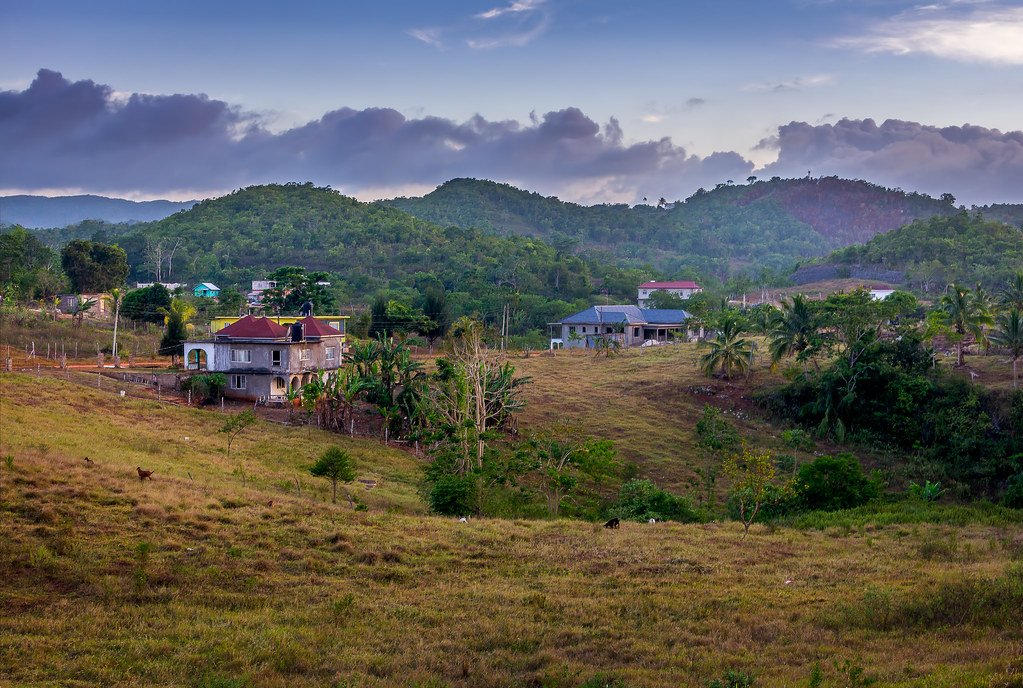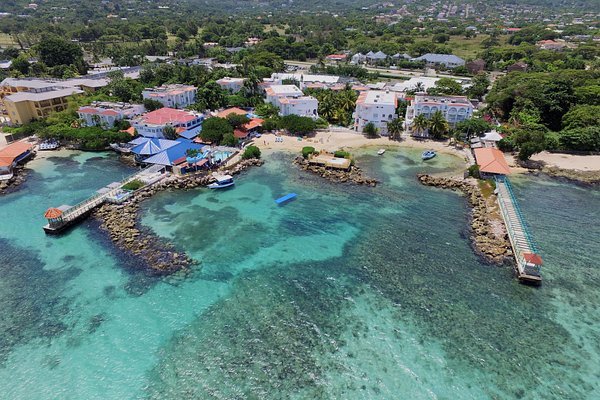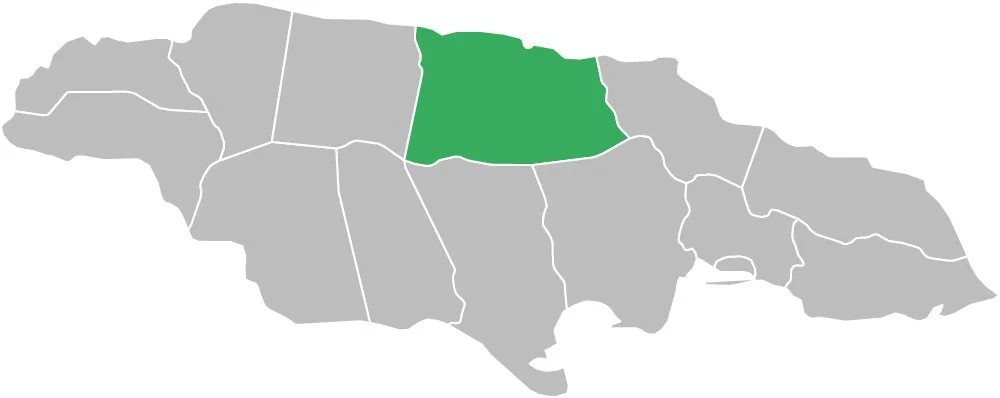St. Ann, the largest parish in Jamaica, is known as ‘The Garden Parish’ for its agriculture, livestock production, and tourist attractions. The parish was named after Ann Hyde, wife of James II, King of England. It is believed that this was one of the earliest Taino/Arawak settlements in Jamaica. When Christopher Columbus first came to Jamaica in 1494, he named the actual spot at which he first landed Horseshoe Bay because of the peculiar shape of the land. This was changed to Dry Harbour; however, and eventually a final name change was made to Discovery Bay.
The first Spanish settlement was founded by Juan de Esquivel (the first Spanish Governor of Jamaica) in 1509 and named Seville Nueva. This capital was later found to be unhealthy and was subsequently abandoned. Given the continuing influence of St. Ann natives Bob Marley and Marcus Garvey worldwide, and with the lingering traces of the Spanish occupation and Taino settlement, St. Ann is well known as a repository of Jamaican culture and history.
ST. ANN, JAMAICA
Historical Information
The parish of St. Ann is located on the north coast of the island, and bounded on its eastern borders by the parish of St. Mary and the parish of Trelawny. It shares its southern border with the parishes of St. Catherine and Clarendon, with the main range being that of the Dry Harbour Mountains yet individual peaks such as Mount Diablo, Mount Alba and Mount Zion are prominent. The soil type here is primarily limestone with many rivers, many caves have been noted throughout much of the parish including one known as “green grotto” which has a constantly formed underground lake that surfaces occasionally.
Brown’s Town, aka Hamilton Town, owes its initial name to an Irish immigrant. It is the largest of St. Ann’s rural towns and is a major producer of sugar cane. Discovery Bay was once called Horseshoe Bay by Colombus and later changed to Dry Harbour. Runaway Bay was named after Yassi, the last Spanish Governor of Jamaica; it means eight rivers in English. Ocho Rios takes its name from eight waterfalls that once flowed through this area, which then became a sugar plantation and shipping station with an economy based on logwood and sugar.
Geographical Information




